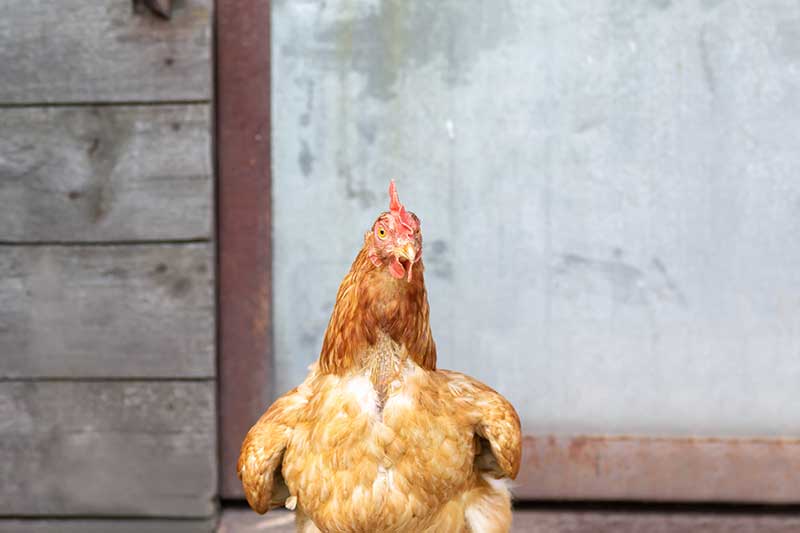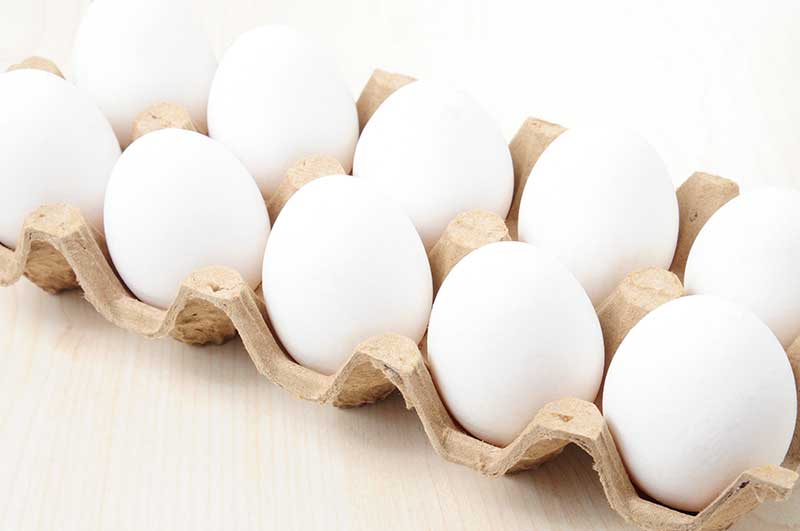
With more descriptors on a carton of eggs than ever before, it has made it more and more difficult to distinguish the differences between egg production methods. Focus on animal welfare within the industry has heightened and there are various certification programs that offer indication of how farmers keep their hens. We want to provide more insight about the specifics of these egg production types and look at the benefits as well as the differences of each type.
This type of egg production is the simplest to define, as it is simply categorized under eggs that are produced by hens kept in battery cages. Battery cages refer to the parallel rows inside the facility that emulate the rows of a cell battery. There are two types of cages:
These cages are designed in order to allow farmers to protect the hens from the elements such as potential predators as well as parasites and disease. These facilities include automated feeding, watering, and are climate control, ventilation, lighting, manure collection and egg collection. This system is highly efficient and allows farmers to produce eggs at a relatively low cost.
Conventional Cages have received their fare share of controversy due to hen confinement and the restriction of natural behaviors able to be performed. Hens are unable to nest or roost and the lack of space allowance puts the hens at risk of foot damage due to overgrown claws and wire trapping.
These cages have many similar qualities to conventional cages but differ through the additional features that allow perching, foraging and other natural hen behaviors. There is an increase in space allowance and increase in nest space. See our article on transitioning from conventional cages to learn more.
This type of egg production removes hens from cages and allows them to move freely both vertically and horizontally within the housing space. Cage-free systems provide more freedom for natural behaviors and more access to a variety of perches and foraging sites. There is also the potential for access to outdoor space when weather permits, but this is only available seasonally in Canada. There are four main types of cage-free egg production methods:
Ruby360 has many solutions for cage-free egg production, see our cage free systems for more information.
Free-range eggs are from hens kept in open barns with access to outdoor space when permitted. There is also access to amenities such as space for dust bathing, perching and nesting.

Hens that are housed in free-run facilities are kept in an open barn and have access to almost all of the same amenities as a free-range hen. The distinction however, is that access to the outdoors is not provided for free-run hens.
It is important to note that a third-party inspector does not audit housing systems for free-run eggs. They do not audit free-range housing systems either, unless it is certified organic or SPCA-Certified.
Organic eggs come from hens raised in a free-range system with access to the outdoors. These hens are fed certified organic grains, corn and soybean as part of their diet. Farmers are required to follow the Canadian Organic Standards regulated by the Canadian Food Inspection Agency. These standards for animals cover feed, transport and handling, health care, etc.
SPCA-Certified eggs come from hens with specific requirements such as sufficient space to move freely, preen, stretch and flap wings; freedom from battery cages; provision of nest boxes, perches, and dust bathing areas; and prohibition of other stressful practices. The SPCA standards are extremely strict, more so than even the national code. They cover feed and water, environment, health and sanitation, management, waste management, transport and handling, slaughter, processing and euthanasia, biosecurity and reference materials.
The conventional cage method of egg production produces the cheapest product due to the efficient nature of the system. There are more hens available to be housed within the facility. Simply put, the more space needed to keep hens, the more expensive it is to produce eggs. The efficiency of this system is a contributory factor as well, with the automated nature of the facility being much less labor intensive.
The cost of maintaining the housing system of a non-cage facility is higher, with multiple tiers of amenities such as scratchboards, forage areas and litter, etc. being required. The hens are also much more active, expending more energy and thus requiring more feed. The cost of certification will also impact the price. Certified organic and SPCA-Certified egg producers incur more costs by adhering to the strict codes, and thus will need to charge a higher price for their eggs.

In terms of hen welfare, both the caged and cage-free systems can provide humane housing for hens. Specific requirements have been put in place to ensure the quality of life for hens is a priority, no matter the housing facilities cage or cage free designation. However, cage-free facilities have more benefits with the increased ability to engage in natural behaviour and potential for access to outdoor space.
What type of egg is better for human consumption? Well there seems to be little difference in nutritional value between the types of eggs listed above. There have been reports of increased mineral content in eggs produced in certified organic housing, but that has yet to be proven. Purchasing locally produced eggs however could give added value to the environmentally conscious consumer, as low transport costs will reduce emissions.
What should you buy? We recommend educating yourself on the different types of egg production methods, and make your purchasing decision based on what fits with your beliefs. Egg production farmers in Canada adhere to world-class hen welfare standards and take great pride in producing fresh, quality eggs to help make that decision as easy as possible.